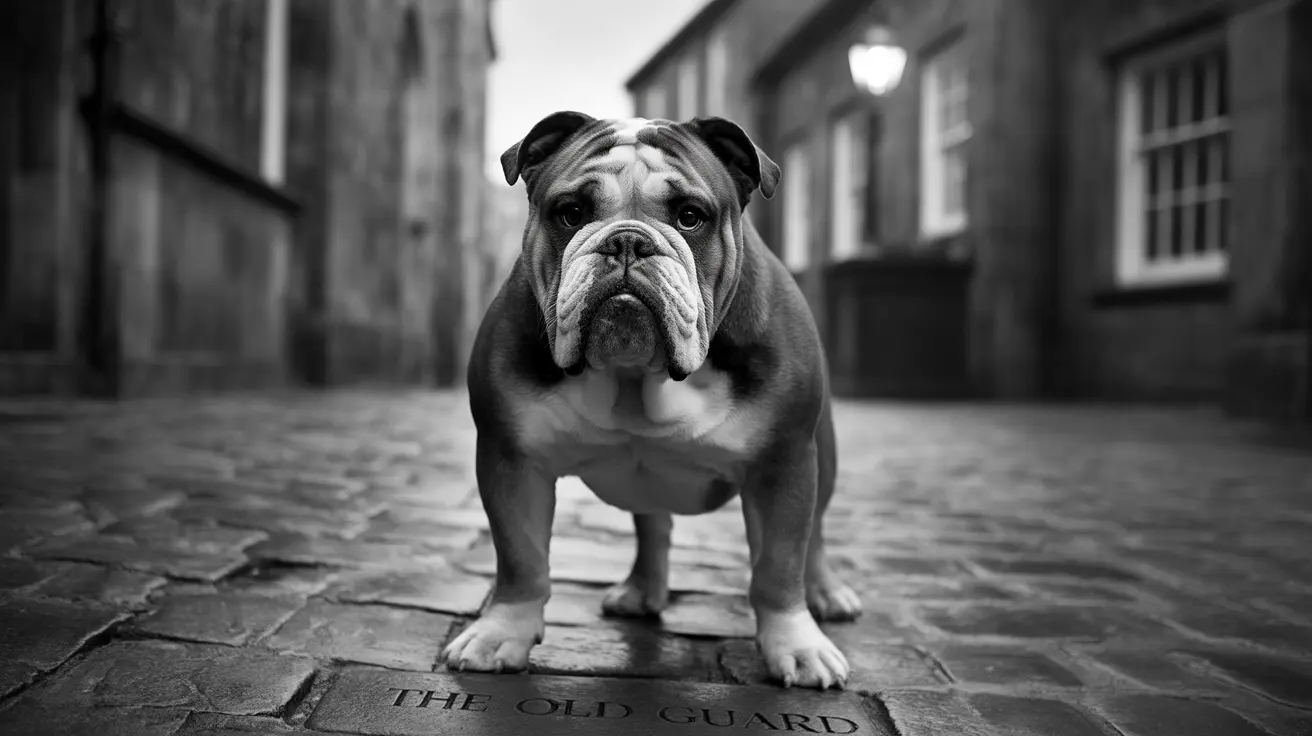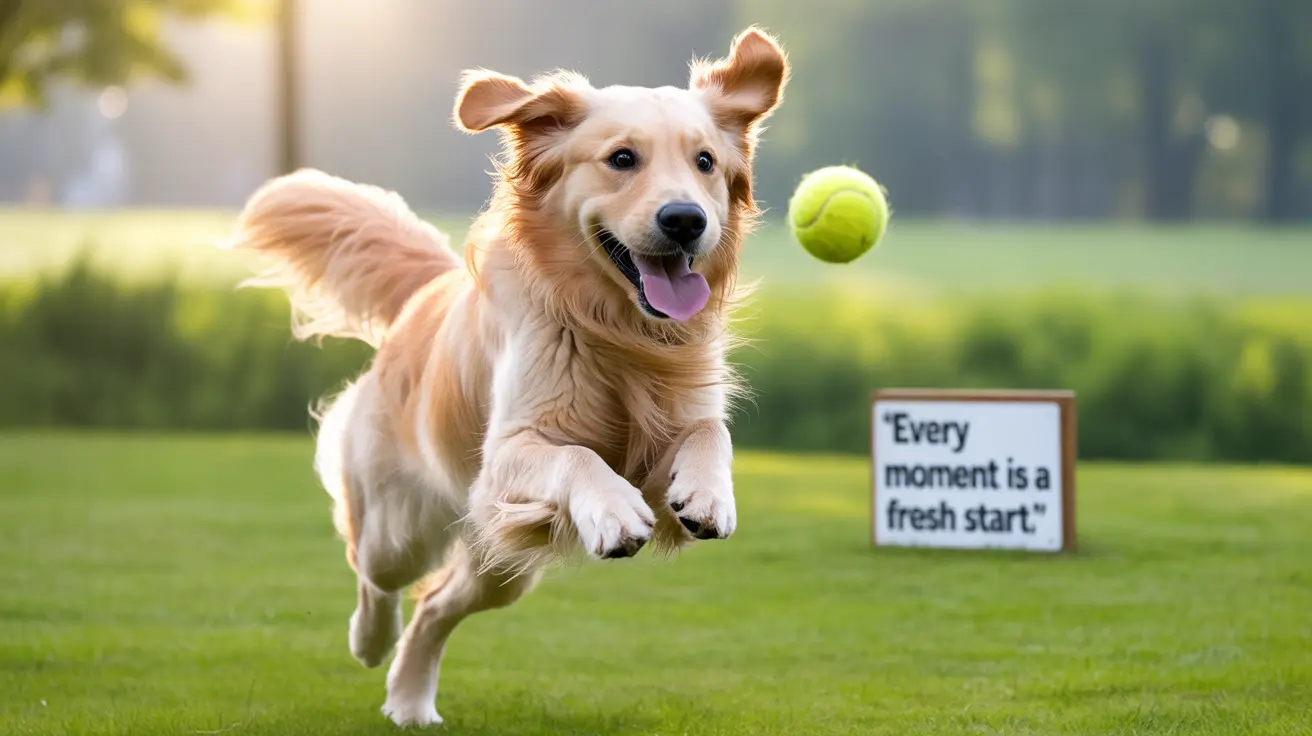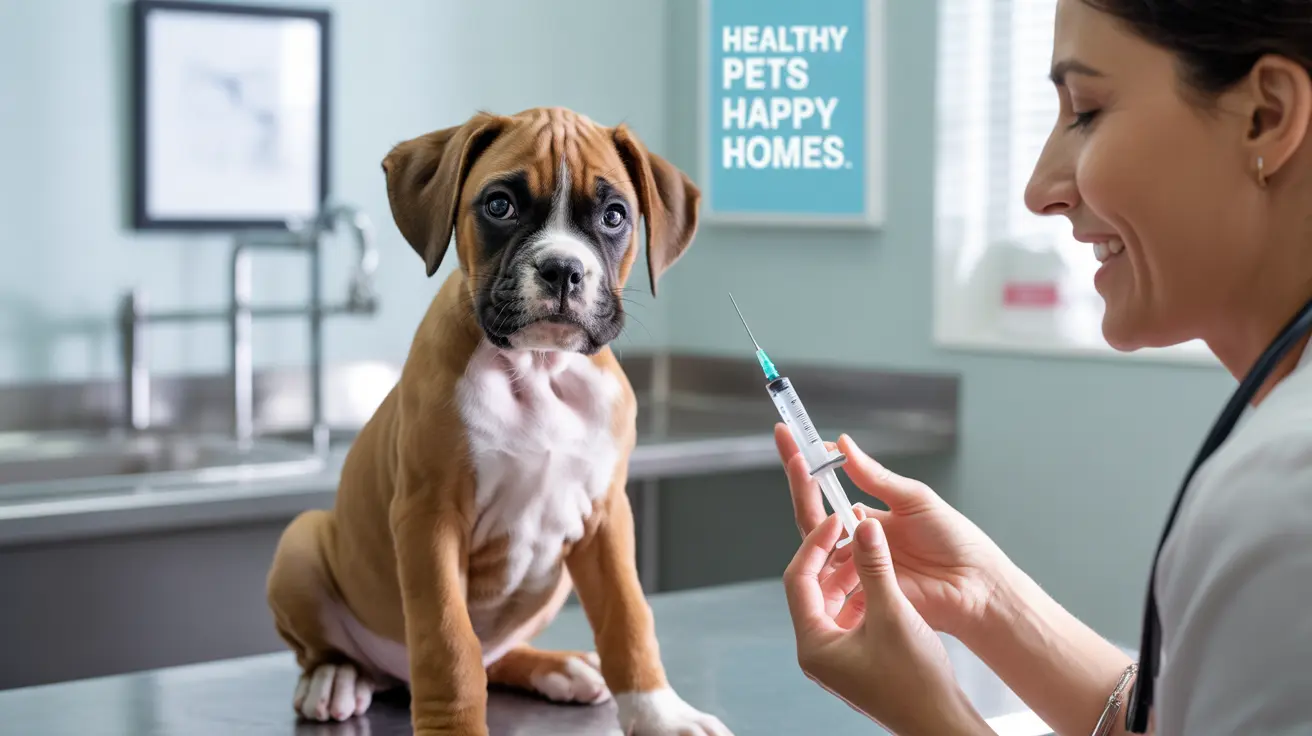The fascinating history of bulldogs traces back to medieval England, where these iconic dogs were originally bred for a purpose far different from their current role as beloved family pets. Originally developed for the brutal sport of bull-baiting, bulldogs have undergone one of the most dramatic transformations of any dog breed, evolving from fierce fighting dogs to gentle companions.
The Origins of Bull-Baiting and Bulldog Development
Bulldogs earned their name directly from their primary historical purpose - baiting bulls. This dangerous blood sport, which was popular in England from the 13th to early 19th centuries, required dogs to grab onto a tethered bull's nose and pin it to the ground. The sport was so ingrained in English culture that it became the nation's pastime, leading to the careful breeding of dogs specifically for this purpose.
These early bulldogs were significantly different from the ones we know today. They were more athletic, aggressive, and physically capable of withstanding the intense demands of bull-baiting. Their distinctive physical features - from their wrinkled faces to their muscular bodies - were deliberately developed to enhance their performance in the ring.
Physical Characteristics Built for Purpose
The bulldog's unique physical traits were specifically engineered for their bull-baiting role. Their wide, powerful jaws and pushed-in nose allowed them to maintain a grip on a bull while still being able to breathe. The wrinkled skin around their face served to channel blood away from their eyes during fights, while their low-set, muscular body helped them stay grounded and avoid being tossed by angry bulls.
Key Physical Features:
- Broad, powerful jaw structure
- Wrinkled face and pushed-in nose
- Low-set, muscular body
- Wide chest and strong shoulders
- Short, sturdy legs
The Transformation to Modern Companion Dogs
When bull-baiting was banned in England in 1835 under the Cruelty to Animals Act, the bulldog breed faced near extinction. However, dedicated breeders saw potential in these dogs beyond their fighting abilities. They began selectively breeding bulldogs for gentler temperaments and companionship, gradually transforming them into the sweet-natured dogs we know today.
Modern bulldogs retain their distinctive appearance but have evolved to be much calmer and more affectionate. They typically weigh between 40-50 pounds and stand 13-15 inches tall, with a significantly less athletic build than their ancestors. Today's bulldogs are known for their patient, friendly nature and strong bonds with human families.
Legacy and Modern Breeding Considerations
While bulldogs have successfully transitioned from fighters to friends, their historical breeding has left a lasting impact on the breed. Modern bulldogs often face health challenges related to their distinctive physical features, including respiratory issues due to their shortened faces and potential joint problems from their unique body structure.
Responsible breeders now focus on maintaining the breed's gentle temperament while working to address these health concerns through careful breeding practices. The goal is to preserve the beloved characteristics of the breed while improving their overall health and quality of life.
Frequently Asked Questions
What were bulldogs originally bred for, and how has their purpose changed over time?
Bulldogs were originally bred for bull-baiting in medieval England. After this sport was banned in 1835, they were selectively bred to become companion animals, transforming from aggressive fighters to gentle family pets.
How did bulldogs' physical characteristics evolve to serve their role in bull-baiting?
Their physical features, including their wide jaws, wrinkled faces, and muscular bodies, were specifically developed to help them grip bulls' noses while still being able to breathe and remain protected during fights.
What is the connection between bulldogs and the sport of bull-baiting historically?
Bulldogs were specifically created for and named after bull-baiting, which was England's national sport from the 13th to early 19th centuries. The sport involved dogs attacking and pinning down tethered bulls.
How have breeding practices influenced the modern bulldog's temperament and health issues?
Modern breeding practices have significantly altered bulldogs, creating gentler temperaments but also introducing health challenges related to their extreme physical features.
What are some common health concerns associated with modern bulldogs due to their historical physical adaptations?
Common health issues include respiratory problems due to their shortened faces (brachycephalic syndrome), joint issues, skin fold infections, and potential heart problems - all linked to their specialized breeding history.






